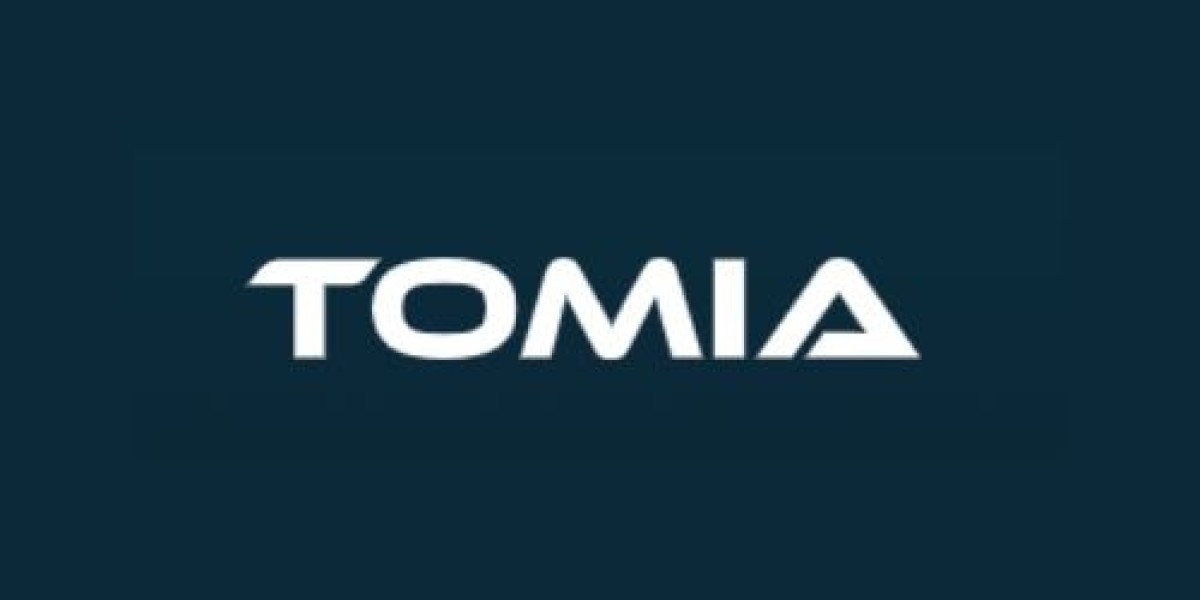Guiding Precision: The Advancements in the Orthopedic Navigation System Market
Orthopedic surgery demands a high degree of accuracy to ensure optimal implant placement, minimize complications, and improve long-term patient outcomes. The orthopedic navigation system market has emerged as a crucial segment within medical technology, offering surgeons real-time intraoperative guidance and enhanced precision during various orthopedic procedures. These computer-assisted surgery (CAS) technologies are transforming the way orthopedic surgeries are performed, leading to greater accuracy, reduced invasiveness, and potentially faster patient recovery.
The Core Functionality and Benefits of Orthopedic Navigation Systems
Orthopedic navigation systems utilize a combination of imaging technologies, optical or electromagnetic tracking systems, and sophisticated software to provide surgeons with a virtual roadmap during surgery. By tracking the position and orientation of surgical instruments and implants relative to the patient's anatomy (typically based on preoperative CT or MRI scans, or intraoperative fluoroscopy), these systems offer real-time feedback on instrument trajectory and implant placement. The benefits of using computer-assisted orthopedic surgery are numerous, including improved implant alignment in joint replacements, enhanced accuracy in fracture fixation, better screw placement in spine surgery, and reduced risk of neurovascular injury. This increased precision can lead to improved functional outcomes, reduced revision rates, and shorter hospital stays for patients.
Key Technologies Driving the Orthopedic Navigation System Market
The orthopedic navigation system market is characterized by the use of several key technologies:
- Optical Tracking Systems: These systems use infrared cameras to track the position of reflective markers attached to surgical instruments and the patient's anatomy. They offer high accuracy and are widely used in joint replacement and trauma surgery.
- Electromagnetic Tracking Systems: These systems utilize magnetic fields to track the position of instruments equipped with sensors. They do not require a direct line of sight between the sensors and the tracking unit, offering more flexibility in certain surgical approaches, particularly in spine surgery.
- Hybrid Systems: Some navigation systems combine both optical and electromagnetic tracking technologies to leverage the advantages of each.
- Software and Algorithms: Sophisticated software processes the tracking data and provides surgeons with intuitive visual feedback on monitors, displaying instrument positions relative to the surgical plan and patient anatomy. Advancements in algorithms are continuously improving the accuracy and usability of these systems.
- Image Integration: Seamless integration with preoperative imaging (CT, MRI) and intraoperative imaging (fluoroscopy, cone-beam CT) is crucial for accurate navigation.
Applications Across Various Orthopedic Subspecialties
Orthopedic navigation systems find applications across a wide range of orthopedic procedures, including:
- Joint Arthroplasty (Hip and Knee Replacement): Navigation systems help surgeons achieve precise implant alignment, which is critical for the longevity and function of joint replacements. They can assist in determining optimal component size, position, and orientation.
- Trauma Surgery: In fracture fixation, navigation systems aid in the accurate placement of screws and other fixation devices, particularly in complex fractures or minimally invasive procedures.
- Spine Surgery: Navigation is increasingly used in spine surgery for accurate pedicle screw placement, reducing the risk of nerve root injury. It is also valuable in complex spinal deformity correction procedures.Sports Medicine: Navigation can be used in ligament reconstruction procedures to ensure accurate tunnel placement.
- Tumor Resection: Navigation systems can assist in defining tumor margins and guiding precise resection while preserving surrounding healthy tissue.
Market Drivers and Growth Factors
The orthopedic navigation system market is driven by several key factors:
- Increasing Demand for Minimally Invasive Surgery: Navigation systems facilitate minimally invasive techniques by providing enhanced visualization and guidance through smaller incisions.
- Growing Aging Population: The rising prevalence of degenerative joint diseases in the aging population is increasing the number of joint replacement surgeries performed.
- Focus on Improved Patient Outcomes: The potential for increased accuracy, reduced complications, and improved functional outcomes with navigation systems is a significant driver.
- Technological Advancements: Continuous innovation in tracking technologies, software algorithms, and image integration is making navigation systems more user-friendly and effective.
- Rising Awareness and Adoption: As more surgeons become familiar with the benefits of navigation, adoption rates are increasing.
Challenges and Future Trends in the Market
Despite the growing adoption, the orthopedic navigation system market faces certain challenges, including the initial investment cost of the equipment, the learning curve for surgeons, and the potential for increased surgical time in some cases. Future trends in the market include:
- Integration with Robotics: The combination of navigation systems with surgical robots is an emerging trend, offering even greater precision and automation in orthopedic procedures.
- Enhanced Imaging Capabilities: Integration with advanced intraoperative imaging modalities, such as cone-beam CT, will provide more detailed anatomical information for navigation.
Conclusion
The orthopedic navigation system market is a dynamic and evolving field that is significantly impacting the way orthopedic surgeries are performed. By providing surgeons with enhanced precision and real-time guidance, these technologies have the potential to improve patient outcomes, reduce complications, and facilitate minimally invasive procedures. As technology continues to advance and adoption rates increase, orthopedic navigation systems will likely become an increasingly integral tool in the modern orthopedic operating room.







